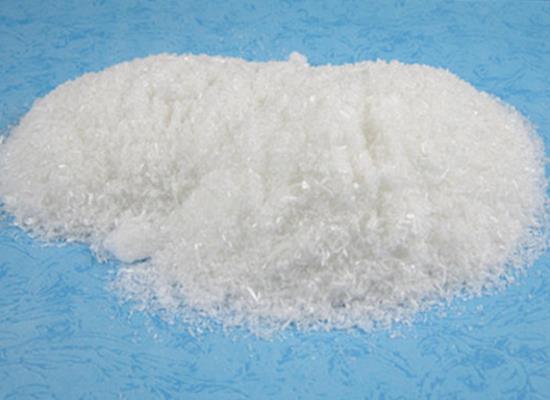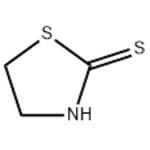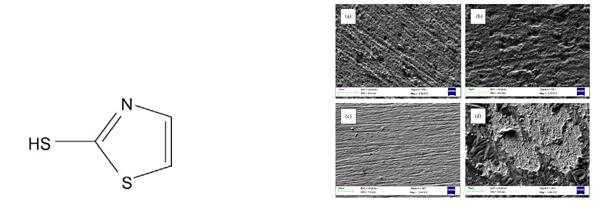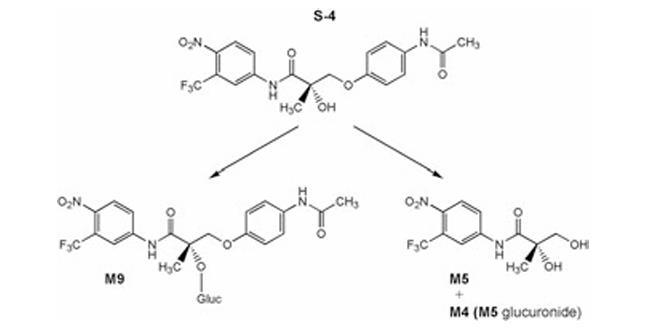2-Mercaptothiazoline: applications in various fields and toxicity
General Description
2-Mercaptothiazoline is a versatile compound with applications in various fields. It is used as an antifungal reagent, brightening agent, and corrosion inhibitor. Recent studies have investigated its effects on bovine hemoglobin, revealing that it binds to BHb and affects its structure. In addition, 2-Mercaptothiazoline has been employed in the functionalization of mesoporous silicas for mercury removal. The adsorption capacity depends on pore size and volume. However, it is important to note that 2-Mercaptothiazoline can be potentially harmful to human health and the environment. Studies have shown its toxic effects on proteins, such as catalase, leading to fluorescence quenching and inhibiting enzyme activity.

Figure 1. 2-Mercaptothiazoline
Applications in various fields
Antifungal reagent, brightening agent, and corrosion inhibitor
2-Mercaptothiazoline is a versatile compound that finds applications in various fields. It is commonly used as an antifungal reagent, a brightening agent, and a corrosion inhibitor. However, it is important to note that 2-Mercaptothiazoline can be potentially harmful to human health. Studies have reported the toxic effects of 2-Mercaptothiazoline on experimental animals, but its effects on proteins in the circulatory system at the molecular level have not been previously identified. To address this gap, a recent study investigated the interaction between 2-Mercaptothiazoline and bovine hemoglobin (BHb) using multiple spectroscopic techniques and molecular docking. The study revealed that MTZ quenches the intrinsic emission of BHb through a static quenching process. It was found that MTZ binds with BHb primarily through van der Waals forces and hydrogen bonds. Molecular docking simulations further visualized the binding of 2-Mercaptothiazoline to the β2 subunit of BHb, resulting in changes to the skeleton and secondary structure of BHb. This research provides valuable insights into the molecular mechanisms through which 2-Mercaptothiazoline affects BHb and contributes to our understanding of the toxicological actions of 2-Mercaptothiazoline in blood. 1
Functionalization of mesoporous silicas
In addition to its role in the circulatory system, 2-Mercaptothiazoline has also been employed in the functionalization of mesoporous silicas, namely SBA-15 and MCM-41, for the removal of mercury (Hg(II)) from aqueous solutions. Two different methods were used for functionalization: the heterogeneous route and the homogeneous route. In the heterogeneous route, the silylating agent, 3-chloropropyltriethoxysilane, was first immobilized onto the silica surface, followed by the incorporation of 2-Mercaptothiazoline. In the homogeneous route, the functionalization was achieved through a one-step reaction of the silica with an organic ligand containing chelating functions. The functionalized mesoporous silicas showed good mercury adsorption values, with the homogeneous method yielding higher adsorption capacities. It was observed that the adsorption capacity correlated with the pore size and volume of the silicas, with SBA-15 exhibiting better adsorption than MCM-41. In summary, 2-Mercaptothiazoline has applications as an antifungal reagent, brightening agent, and corrosion inhibitor. Its effects on proteins in the circulatory system, specifically bovine hemoglobin, have been investigated, shedding light on its toxicological actions. Furthermore, 2-Mercaptothiazoline -functionalized mesoporous silicas show promise for the removal of mercury from aqueous solutions, with the adsorption capacity influenced by pore size and volume. 2
Toxicty
2-Mercaptothiazoline is widely utilized in various industrial applications, but its residue poses potential harm to the environment. A study focused on evaluating the biological toxicity of 2-Mercaptothiazoline at the protein level, particularly its interaction with the crucial antioxidant enzyme, catalase (CAT). Through the use of multiple spectroscopic techniques and molecular modeling, the research found that 2-Mercaptothiazoline caused fluorescence quenching in CAT, primarily through a static quenching mechanism resulting from the formation of a 2-Mercaptothiazoline/CAT complex. The study also identified the binding constant, binding forces, and the number of binding sites, demonstrating that 2-Mercaptothiazoline could spontaneously bind to CAT at one main site, primarily through Van der Waals' forces and hydrogen bonding. Molecular docking simulation and conformation dynamic characterization revealed that 2-MT could bind to the junctional region of CAT subdomains, close to the enzyme's active sites, leading to secondary structural and micro-environmental changes in CAT. Experimental findings confirmed that 2-Mercaptothiazoline significantly inhibited CAT activity through its molecular interaction, with the inhibitory action being influenced by 2-Mercaptothiazoline concentration and exposure time. 3
Reference
1. Zou L, Zhang X, Shao M, Sun R, Zhu Y, Zou B, Huang Z, Liu H, Teng Y. A biophysical probe on the binding of 2-mercaptothioazoline to bovine hemoglobin. Environ Sci Pollut Res Int. 2019 Jan;26(1):208-214.
2. Pérez-Quintanilla D, del Hierro I, Fajardo M, Sierra I. 2-Mercaptothiazoline modified mesoporous silica for mercury removal from aqueous media. J Hazard Mater. 2006 Jun 30;134(1-3):245-256.
3. Huang Z, Huang M, Mi C, Wang T, Chen D, Teng Y. Molecular Insights into the Potential Toxicological Interaction of 2-Mercaptothiazoline with the Antioxidant Enzyme-Catalase. Int J Mol Sci. 2016 Aug 16;17(8):1330.
Related articles And Qustion
See also
Lastest Price from 2-Mercaptothiazoline manufacturers

US $0.00/kg2025-09-18
- CAS:
- 96-53-7
- Min. Order:
- 1kg
- Purity:
- 99%min
- Supply Ability:
- 20tons

US $1.00-4.00/KG2025-09-08
- CAS:
- 96-53-7
- Min. Order:
- 1KG
- Purity:
- 99%
- Supply Ability:
- 200000KG



